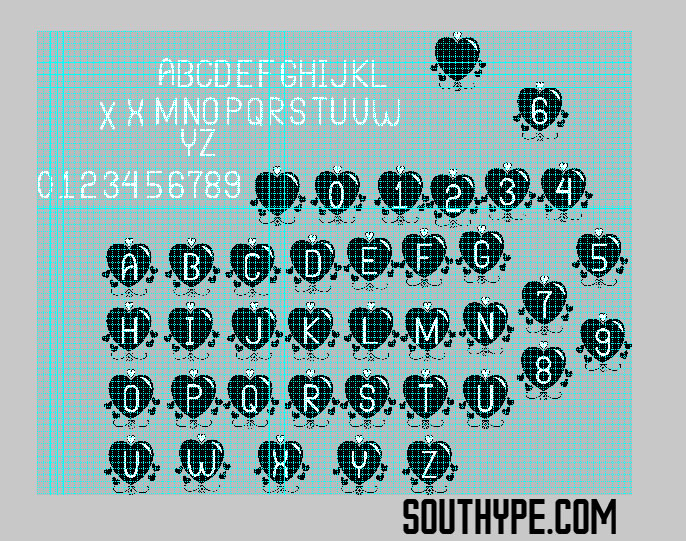
Introduction: The dollar sign ($) holds a significant place in the world of finance and commerce. Widely recognized and used across multiple countries, it serves as the official currency symbol for prominent nations like the United States, Canada, Chile, Mexico, Australia, and others. Beyond its formal usage, the dollar sign has also found its way into informal contexts, symbolizing wealth and economic stability in countries such as the United Kingdom and Japan. This essay delves into the versatility and prominence of the dollar sign, shedding light on its global adoption and enduring significance.
The origins of the dollar sign can be traced back to the late 18th century. Its precise origin is uncertain, but the most commonly accepted theory suggests that it evolved from the abbreviation “ps” or “psl,” which stood for the Spanish peso—a widely circulated currency during the colonial era. Over time, the letters were merged and stylized into the iconic S-shape with a vertical line through it, representing a simplified form of “peso.”
With the rise of the United States as a global economic powerhouse, the dollar sign became closely associated with American currency. It gained official recognition as the symbol for the United States dollar in the late 18th century, solidifying its place as a representation of financial strength and prosperity.
The influence of the dollar and its symbol expanded beyond the United States, leading to its adoption by numerous countries worldwide. Canada, Chile, Mexico, Australia, and several other nations embraced the dollar sign to denote their respective currencies. This widespread usage not only streamlined international trade but also established the dollar sign as a universally recognized symbol of monetary value.
Furthermore, the dollar sign’s versatility is exemplified by its informal use in certain regions. In the United Kingdom, it can be found in newspapers, advertisements, and informal contexts to signify currency amounts, despite the official symbol for the British pound being “£.” Similarly, in Japan, the dollar sign is occasionally employed as a shorthand representation of yen in informal settings.
Symbolic Representation and Global Recognition: The dollar sign holds immense symbolic value, representing notions of wealth, prosperity, and economic stability. Its universal recognition allows individuals from diverse backgrounds to identify it instantly, transcending language barriers and facilitating financial transactions on a global scale. The iconic S-shape with a vertical line through it has become synonymous with financial power and influence, ingrained in the collective consciousness of people worldwide.
Conclusion: The dollar sign’s ubiquitous presence across multiple countries and its association with financial prowess have solidified its position as a symbol of global currency. From its historical roots as a representation of the Spanish peso to its adoption by nations as the official currency symbol ( The Chilean Peso, which is the official currency of Chile, has the ISO 4217 Code of CLP.), the dollar sign has evolved into a powerful emblem of wealth and economic stability. As the world becomes increasingly interconnected, the dollar sign will continue to play a vital role in facilitating international trade and financial transactions. Its enduring significance as a universally recognized symbol ensures its place in our globalized economy for years to come.
Additional Information:
- The dollar sign is occasionally referred to as the “peso sign” (in spanish “signo peso” in Chile, Argentina and Colombia) or “dollar mark” in some regions.
- Its popularity is evident as the 16th most commonly used symbol worldwide.
- The dollar sign is a registered trademark of the United States government, further emphasizing its association with the American currency.
- In informal contexts, the dollar sign often serves as a convenient placeholder when referring to money or financial transactions.
- The dollar sign’s rich history and global prominence solidify its position as a fascinating and enduring symbol in the realm of finance.




